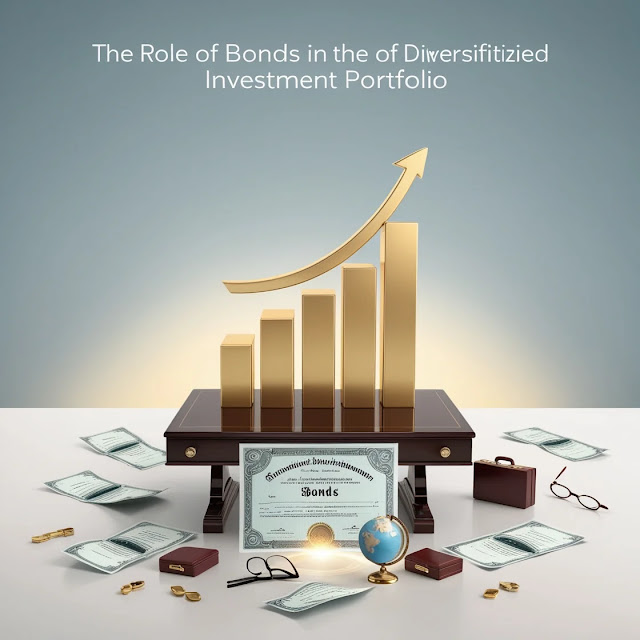NFTs and Content Creators: Monetizing Online Presence
The rise of Non-Fungible Tokens (NFTs) has opened up a new world for content creators to monetize their online presence. By leveraging blockchain technology, creators can now sell unique digital assets, giving them more control and new revenue streams. This article dives into how NFTs are reshaping the digital landscape for creators.
 |
| NFTs and Content Creators: Monetizing Online Presence |
What are NFTs?
NFTs, or Non-Fungible Tokens, are digital assets that represent ownership or proof of authenticity of a unique item, often stored on a blockchain. Unlike cryptocurrencies such as Bitcoin or Ethereum, NFTs are non-fungible, meaning each one is unique and cannot be exchanged on a one-to-one basis. This uniqueness makes them ideal for digital art, music, videos, and other content, allowing creators to sell their work directly to consumers.
How NFTs are Transforming Content Creation
NFTs are revolutionizing content creation by providing a new way for creators to monetize their work. Traditionally, digital content could be easily copied and shared without compensation for the creator. However, with NFTs, creators can mint their work on the blockchain, creating a digital certificate of ownership that can be sold or traded. This process not only provides a new revenue stream but also ensures that creators retain control over their content.
Benefits of NFTs for Content Creators
There are several key benefits of using NFTs for content creators:
- Ownership and Control: NFTs give creators the ability to maintain ownership and control over their digital content. This means they can dictate how their work is used and sold.
- Direct Revenue: By selling NFTs, creators can bypass traditional intermediaries like galleries or record labels, allowing them to earn a larger share of the profits.
- Royalties: NFTs can be programmed to include royalties, so creators can earn a percentage of sales each time their work is resold on the secondary market.
- Exclusive Content: NFTs can be used to offer exclusive content or experiences to fans, creating additional value and engagement opportunities.
How to Create and Sell NFTs
Creating and selling NFTs is becoming increasingly accessible for content creators. Here’s a step-by-step guide:
- Choose a Platform: Select a platform that supports NFT creation and sales, such as OpenSea, Rarible, or Foundation.
- Create a Digital Wallet: You'll need a digital wallet like MetaMask to store your NFTs and receive payments.
- Mint Your NFT: Upload your digital content to the platform, set the terms of the sale, and mint your NFT. Minting involves creating a digital certificate of ownership that is stored on the blockchain.
- List for Sale: Once minted, you can list your NFT for sale on the platform. You can choose to sell it at a fixed price or via an auction.
- Promote Your NFT: Promote your NFT on social media and other channels to attract potential buyers.
Challenges and Risks of NFTs
While NFTs offer exciting opportunities, there are also challenges and risks involved:
- Environmental Impact: The process of minting and transferring NFTs can be energy-intensive, raising concerns about environmental sustainability.
- Market Volatility: The NFT market is still relatively new and can be highly volatile, with prices fluctuating dramatically.
- Intellectual Property Issues: Ensuring that the content being sold as an NFT is original and does not infringe on someone else's intellectual property can be challenging.
- Security Concerns: While blockchain technology is secure, digital wallets and platforms can still be vulnerable to hacking.
FAQs on NFTs and Content Creation
How do NFTs benefit content creators over traditional monetization methods?
NFTs allow content creators to earn directly from their work without relying on intermediaries like publishers or streaming platforms. They also enable creators to set royalties on secondary sales, providing ongoing revenue streams that traditional monetization methods often lack.
Can anyone create and sell an NFT?
Yes, anyone with digital content can create and sell an NFT. However, it's important to understand the process, choose the right platform, and be aware of the associated costs, such as gas fees for minting the NFT.
What types of content can be turned into NFTs?
Almost any digital content can be turned into an NFT, including art, music, videos, tweets, and even virtual real estate. The key is that the content must be unique or limited in some way to create value for collectors.
Are NFTs here to stay?
While the future of NFTs is still uncertain, they have gained significant traction and are being adopted by a wide range of industries. Their ability to provide proof of ownership and authenticity for digital content suggests that they could become a lasting part of the digital economy.
Conclusion
NFTs have opened up new possibilities for content creators to monetize their online presence. By offering a way to sell unique digital assets directly to consumers, NFTs empower creators with more control, direct revenue, and the potential for ongoing earnings through royalties. However, as with any emerging technology, there are challenges and risks to consider. As the digital landscape continues to evolve, NFTs may become an integral part of how creators engage with and profit from their audiences.





